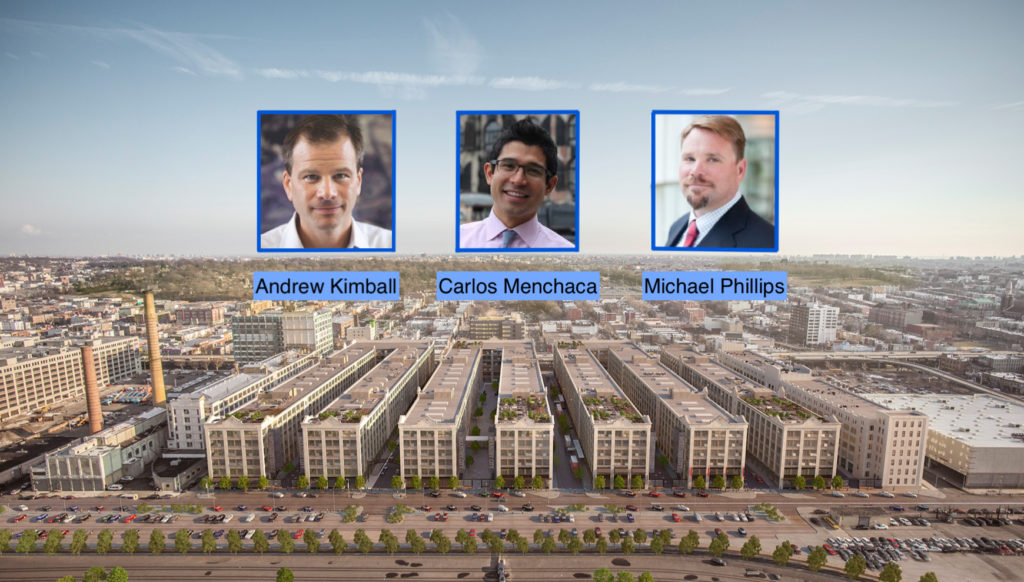Industry City rezone hits pause: When five years of planning is not enough

Industry City CEO Andrew Kimball, City Council Member Carlos Menchaca and Jamestown President Michael Phillips
Developers spent nearly $2.2M since 2014 lobbying range of city officials
By Adam Pincus
In the late

